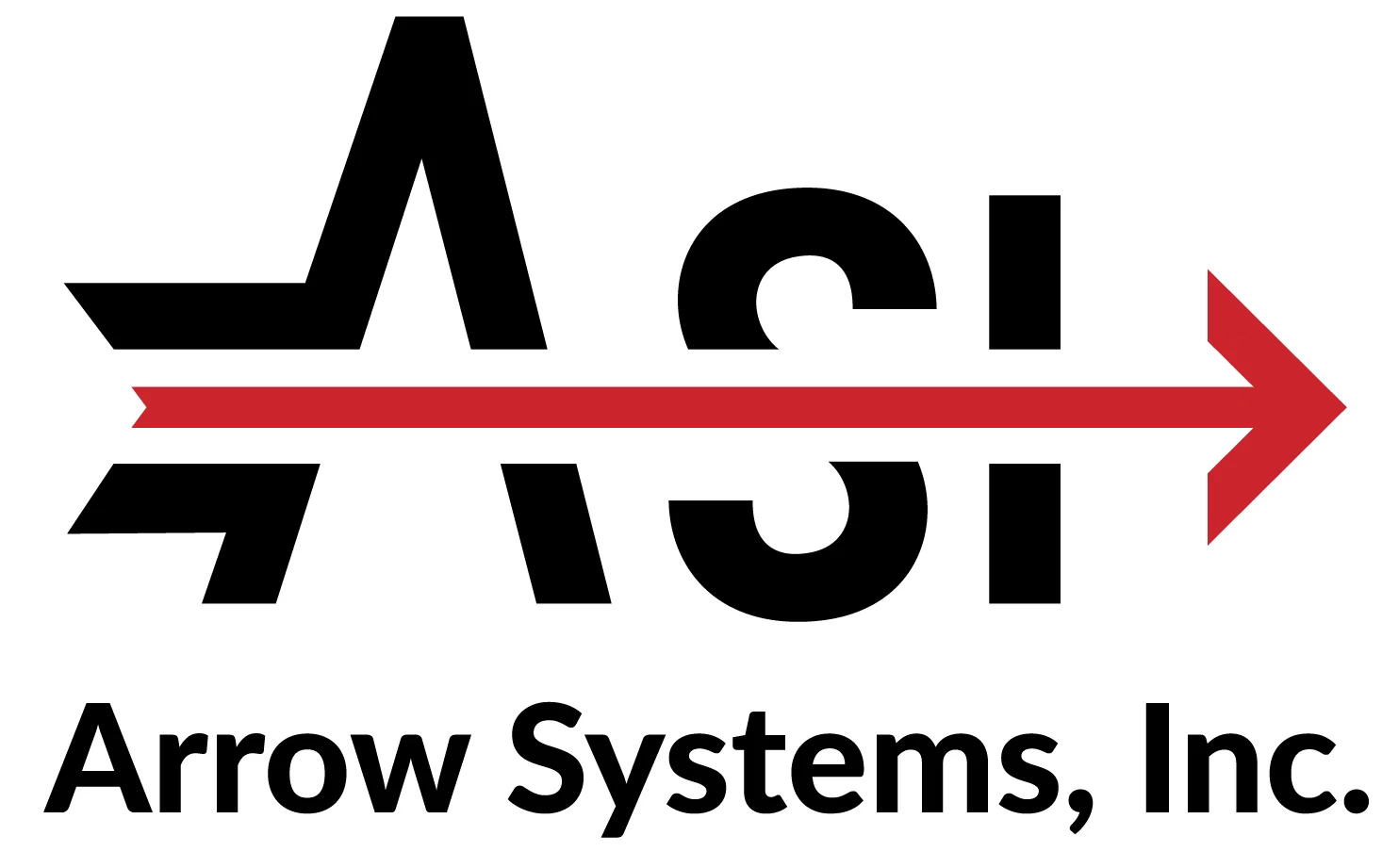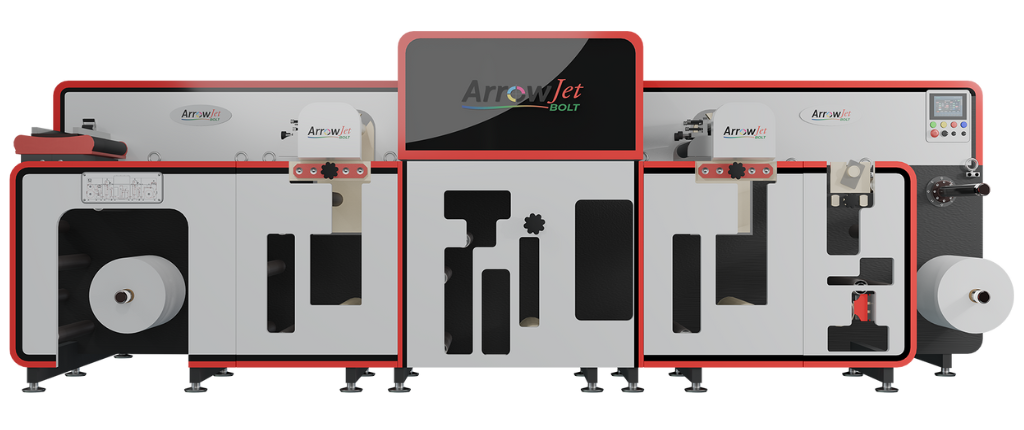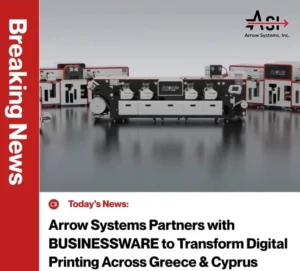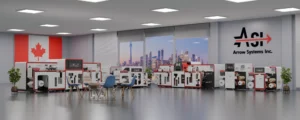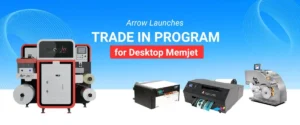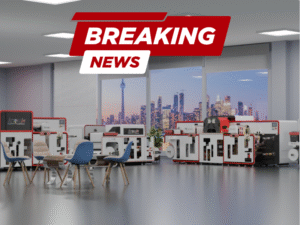Arrow Systems, Inc. joins forces with Wolff Poligrafia to ignite a wave of digital label & pouch innovation across Poland
Table of Contents Arrow Systems, Inc. joins forces with Wolff Poligrafia to ignite a wave of digital label & pouch innovation across Poland In a
